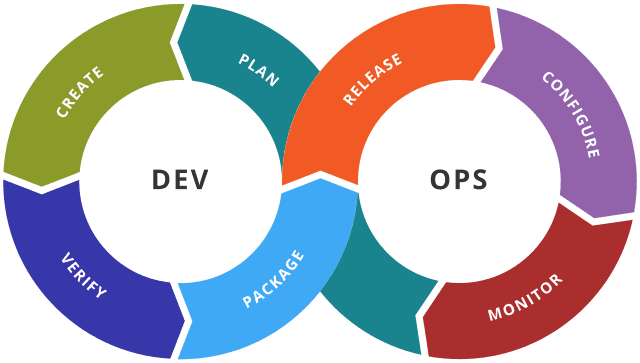Managing DevOps using AWS
As we have covered in other articles, the AWS Well-Architected Framework is a set of best practices and compliance requirements meant to help organizations improve how they apply an AWS environment. Abiding by these guidelines helps bring down operating costs and makes operations using the cloud more efficient. Through the cloud services that are designed to alleviate DevOps needs, the AWS pillars can improve how companies conduct DevOps. Remember the following when putting together a plan.

Establishing a Strong DevOps Culture in Advance
There is only so much that a AWS Well-Architected Framework can remedy if good habits are not already established. DevOps should encourage a degree of collaboration between developers, proper communication, and shared responsibility between all parts of development. Ideally, before anything is established with AWS, dev teams should have the cycle of development internally built.
Continuous Integration and Continuous Deployment
Otherwise known as CI/CD, these pipelines are meant to establish how testing, building, and deploying are all automated. AWS has services designed to build out complete pipelines including code repositories, testing frameworks, and deployment tools. Services like AWS CodePipeline and AWS CodeDeploy are designed to enable frequent releases with greater reliability.
Get Reviews for How Well Guidelines Are Met
As a part of existing DevOps functions, inspections should become routine as operations become more complex and as updates for any software are released. These reviews can help identify points that need improvement, potential architectural risks, and areas that do not completely abide by WAF requirements. Additionally, these reviews will provide some degree of oversight and hints as to how these issues can be remedied correctly lest the development team just ends up compounding these issues. If WAF standards are a concern, our services for a thorough WAF review are available.
Amazon Cloud Automation
AWS features a number of automation tools that can be used for infrastructure provisioning, deploying code, testing, and monitoring environment health. Services including AWS CloudFormation, AWS CodePipeline, and AWS CodeDeploy will reduce the possibility of human error and allow for faster deployment with greater consistency.
Infrastructure as Code
Tools like AWS CloudFormation and AWS CDK (Cloud Development Kit) can redefine how infrastructure is used. These services define infrastructure resources, configurations, and dependencies in the code to make sure infrastructure is version-controlled and easily reproducible.
Automated Features
Amazon has a number of rudimentary functions that can be automated to better simplify the process. For one, automatic testing is comprehensive and can incorporate integration testing and end-to-end testing to better prevent glaring issues from making it to market. Then there are the various monitoring tools that will observe application functionality and audience behavior on the application. Monitoring services can track key performance metrics and send out alarms with appropriate logic to troubleshoot and log the issue, and remedy it as rapidly as possible.
Security and Compliance
Security will always be important for services, especially when critical personal information like credit cards and social security numbers are at potential risk. Services are designed to control administrative controls, encrypt data handled by the cloud, and log access routes and changes in the configuration.
Serverless and Managed Services
The cloud has the advantage of reducing the overhead of operations to better focus on application logic. Serverless computing, managed databases, and storage objects can be managed without physical infrastructure. Effectively, this grants users much more room to expand and an easier time reducing infrastructure management complexity.
WAF Continued Development
DevOps is meant to be an iterative process where the development team observes application performance and customer reaction before implementing or fixing features in reaction. AWS provides tools that can better allow easier observation and review functionality to better understand the implemented architecture and make calculated decisions on how to automate and adapt to changing business needs. Keeping a well-architected framework will make deployments on the cloud much more reliable, secure, easy to scale, and cheap for how large the operation can be.
